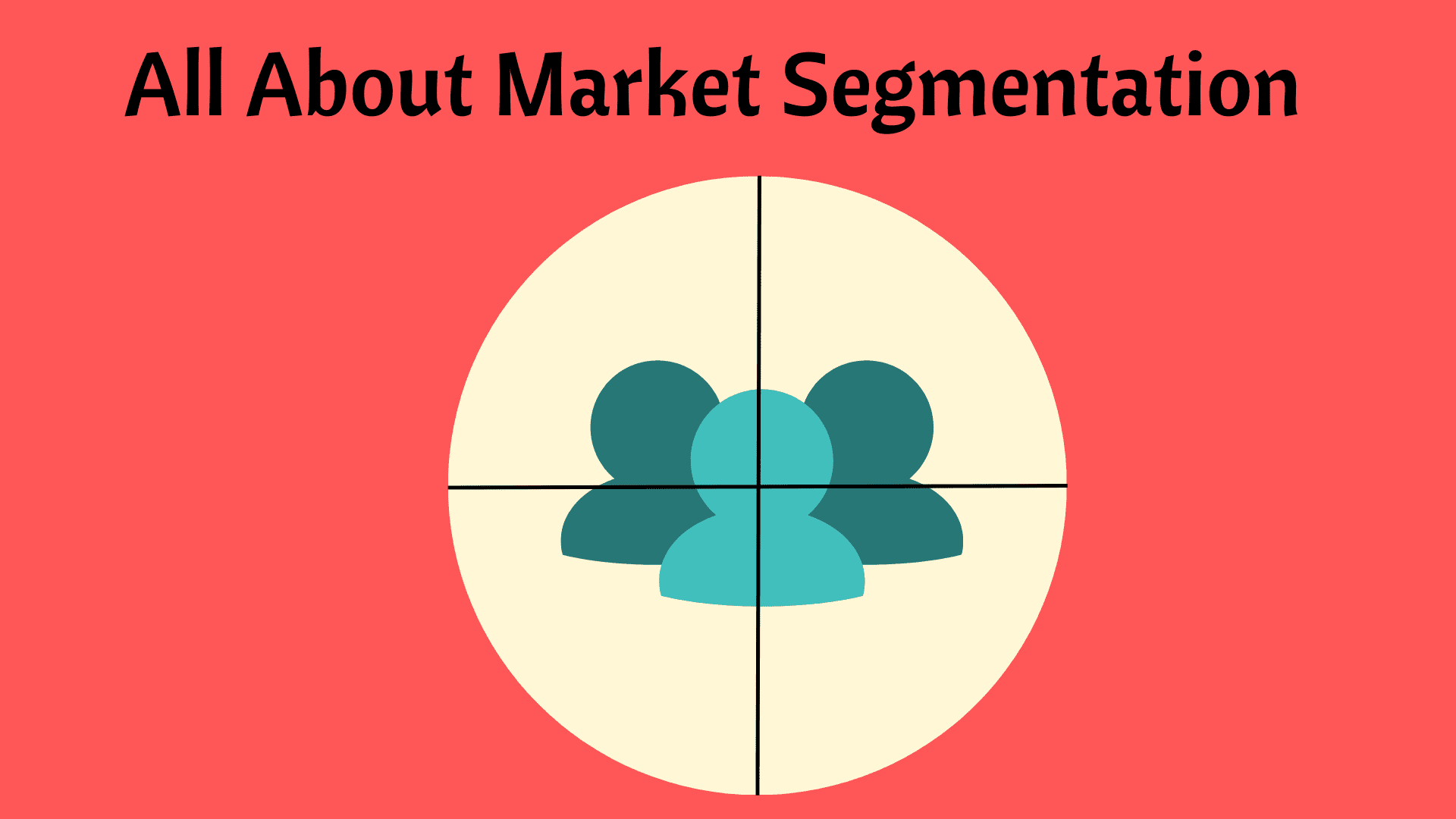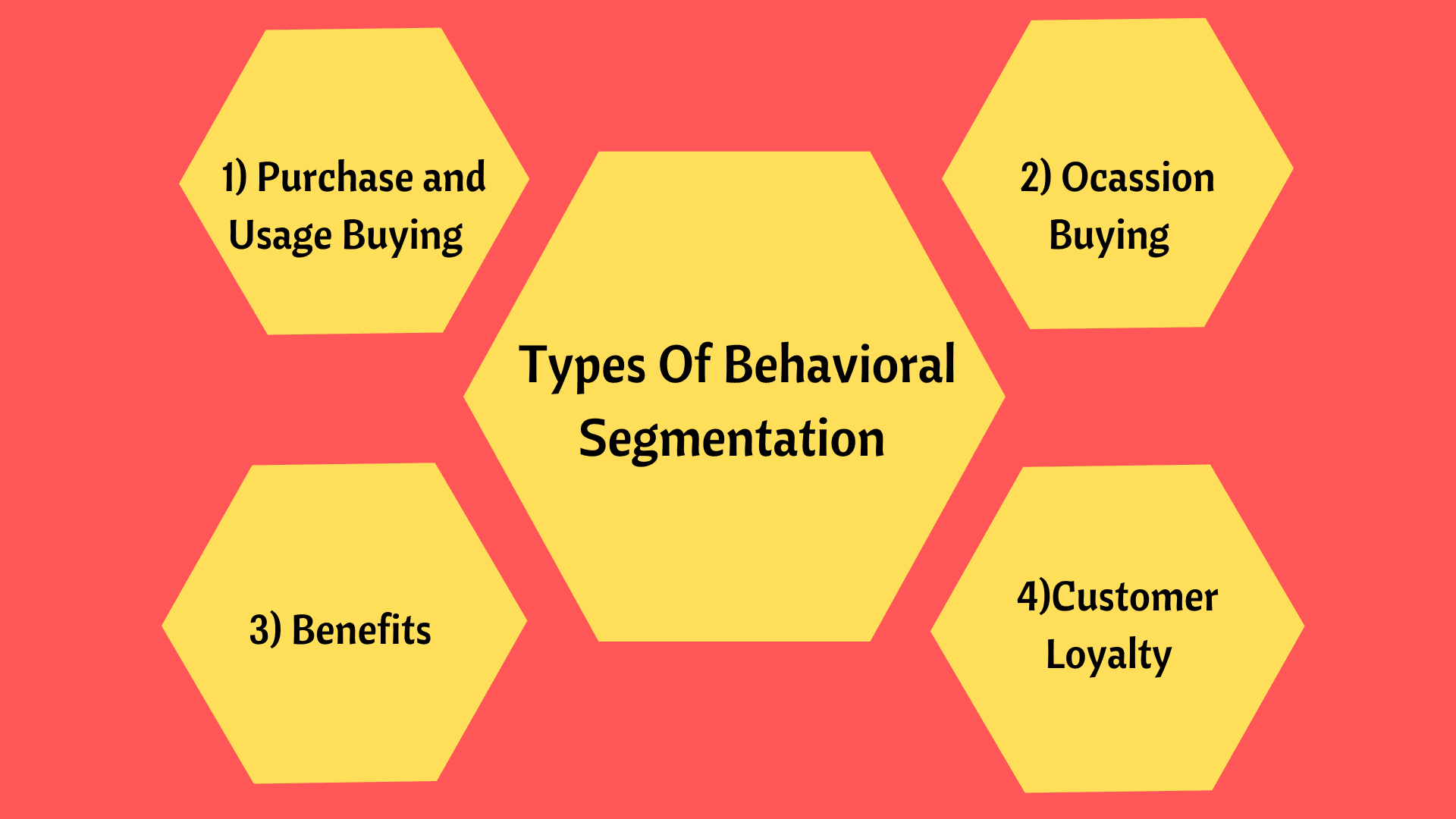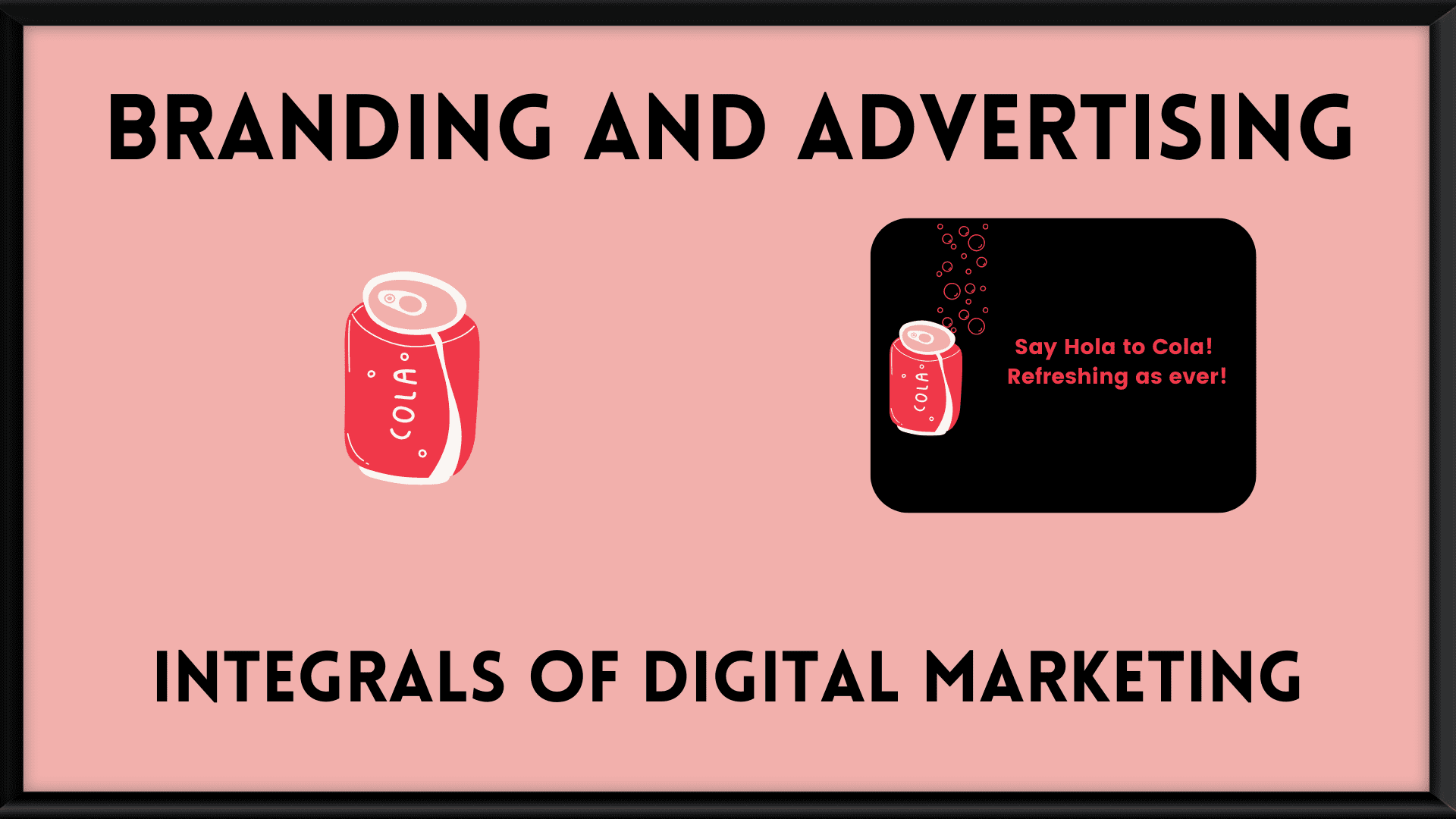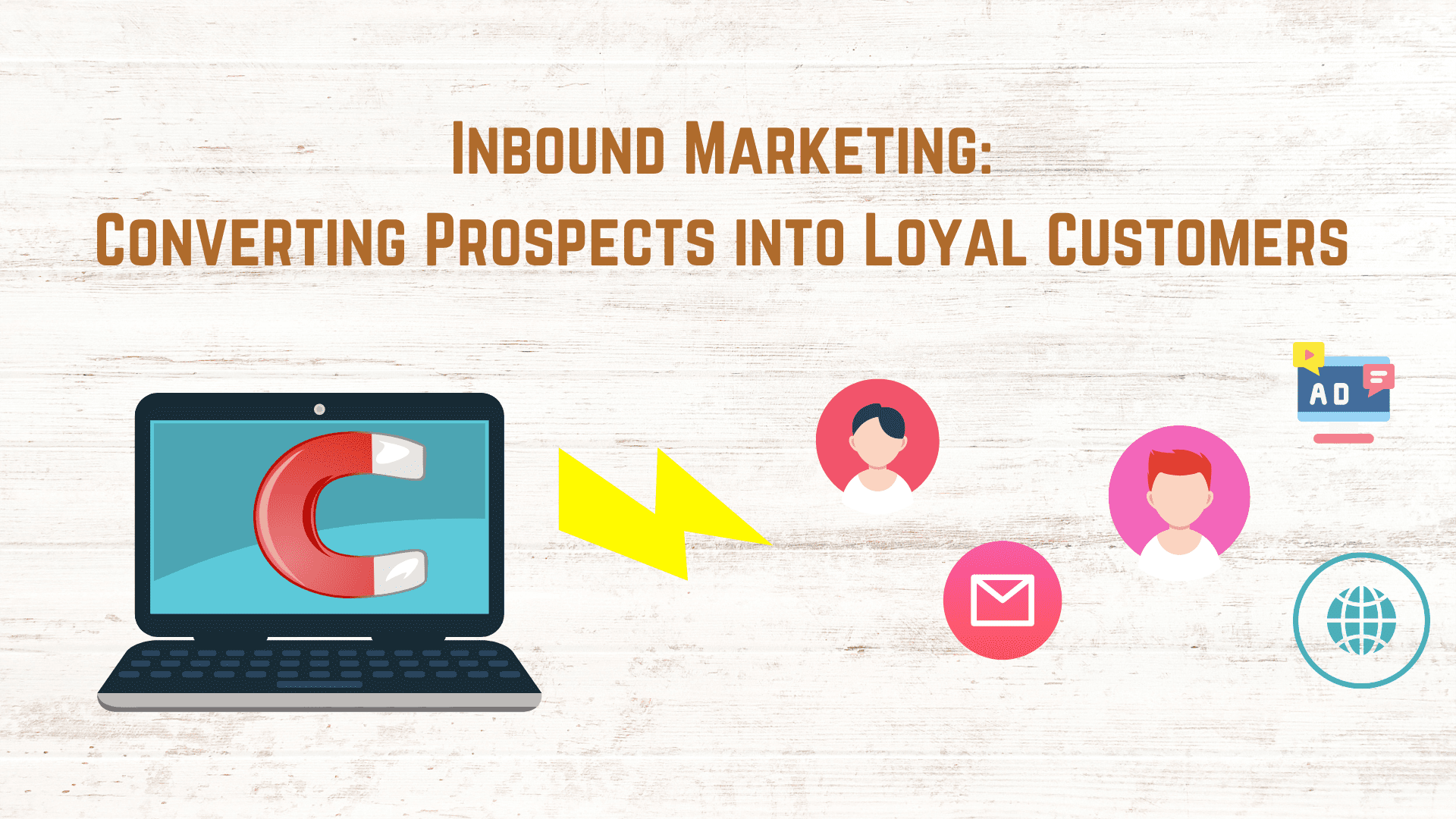

Everyone has different choices, interests, needs, etc. Therefore, communication also has to be different. A business needs to divide its market into different segments because the same message won’t apply to everyone. For example, if a restaurant shows an advertisement only about Non-vegetarian food, this advertisement will become irrelevant to Vegetarians. This is why it’s vital to divide the market into different segments. When markets are segmented, a business can focus on a particular segment and cater to its requirements.
- Introduction
- Four Types of Market Segmentation
- Demographic Segmentation
- Geographic Segmentation
- Behavioral Segmentation
- Four Types of Behavioral Segmentation
- Purchase and Usage Buying
- Occasion Buying
- Benefits
- Customer Loyalty
- Four Types of Behavioral Segmentation
- Psychographic Segmentation
- Benefits
- Conclusion
Market Segmentation means dividing your target audience into different groups based on different factors like demographics, needs, wants, interests, and behavioral and psychological aspects. A market segment will have similar interests, for example, people who eat non-vegetarian will all be together. Dividing the market into different segments helps you understand what your customers require and create a marketing strategy accordingly.
Types of segmentation: There are four types of segmentation.


Four Types of Market Segmentation.1. Demographic Segmentation
The markets are segmented based on age, gender, race, religion, education level, occupation, family size and nationality. For example, Bata caters to women, men and even small kids.
2. Geographic Segmentation
Based on regions and geographical boundaries people are put into different groups. People staying in different cities may have different interests, preferences and needs. Marketers need to understand this and advertise accordingly. It helps businesses to understand where to sell and advertise and different ways to expand the business. For example, people in Mumbai may not need woolen clothes as much as people need in Manali.
3. Behavioral Segmentation
We are all very different from each other, in our mindsets, backgrounds, habits and emotions. All these factors can greatly influence our behavior. By understanding the consumers’ behavior businesses target them with a message that’s relevant to them.
The market is divided based on behavior and decision-making processes like lifestyle, consumption, purchase and usage. How do customers react and interact with your brand?
- Behavioral segmentation is divided into four types.


Types Of Behavioral Segmentation.Let’s take a look at them:
1. Purchasing and Usage Buying: For example, on weekends a working professional eats out. Brands can understand this pattern and send him various discounts on weekdays.
2. Occasion Buying: Buying certain things at a certain time. For example, Holiday Decorations: A person may buy Diwali decorations in October so brands may send offers and discounts only in October so that the consumer purchases.
3. Benefits: Different users seek benefits from the product or service you offer. For example, if you have a restaurant people may order it through Zomato or Swiggy as they find it convenient and some people may choose to come to your restaurant and dine in because they love the ambiance.
4. Customer Loyalty: Loyal customers should be treated well as it takes quite a lot of time for a consumer to become loyal to a brand. Marketers have to work quite hard for them to become loyal. A reward program has been established for loyal customers. For example, Starbucks has a reward loyalty program.
There are many benefits of dividing your market based on Behavior:
- When you know what your customers like and dislike, it helps you to create meaningful and relevant messages which can lead to conversions.
- It helps you to understand which people spend more and therefore you can target them accordingly.
- Helps you to understand consumer behavior patterns and you can plan accordingly.
4. Psychographic: Businesses divide their target market based on values, personalities, social statuses, lifestyles, interests, and attitudes. For example, people with high social status will be able to afford luxury items like an iPhone, Shopping from Mango, Prada, etc.
Segmenting your audience based on Psychographics enables you to specify your target market.
What are the benefits of segmenting your market?
The research was carried out by Bain, and he found that 81% of people found segmenting your market is essential as it can help you to get more profits.
People who segmented their markets got a 10% profit than people who didn’t use this strategy.
- The messages that you curate can be specific and detailed as you are speaking to a group of people who share common interests.
- Due to segmentation, the right customers are attracted to your brand.
- When customers feel special and heard, they become loyal customers to the brand.
- Helps you find niche markets. More ways to serve your customers.
- As people have different incomes, you can set different prices for different incomes this ensures you’re not overcharging anyone.
- You’ll be able to develop different products that cater to different needs.
In conclusion, Market Segmentation helps businesses to understand consumers’ needs and develop products and services accordingly. Listening to your customers will help you in the long run. And all businesses should consider dividing their target market into different segments.



